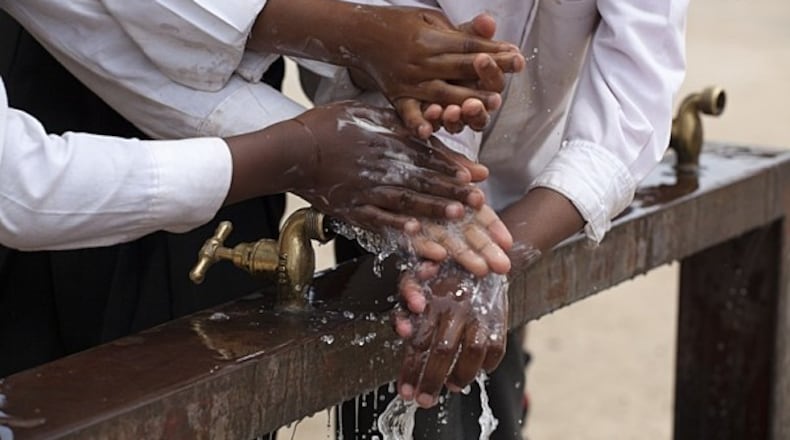You probably hear it again and again, especially during winter months: "Wash your hands so you don't get sick." It's good advice, but which is better for removing germs – washing your hands with soap and water or using hand sanitizer? And how can you make sure that whichever method you're using, you're doing it correctly so you can rid your hands of as many germs as possible?
The following will help answer the debate as well as provide some tips to help you do the job right:
Which is better?
You really can't go wrong with plain old soap and water, according to the Centers for Disease Control and Prevention. Hand sanitizer is usually a good substitute in most cases where soap and water aren't available – with the following exceptions:
- Killing the norovirus stomach bug
- Killing some types of parasites
- Killing Clostridium difficile (also called C. difficile), a bacterium that causes severe diarrhea
- Removing pesticides or metals like lead
- Removing visible dirt
Ultimately, you should be using hand sanitizer to help supplement rather than replace regular hand washing. Lather up with soap and water when you can, but when it's not accessible, hand sanitizer is much better than nothing.
Do antibacterial soap or other products work better?
Antibacterial soap, which usually includes triclosan, hasn't been shown to be any better at removing germs than "regular" soap, according to Business Insider. It does, however, cause harm by contributing to the formation of antibiotic-resistant bacteria and contaminating the water supply.
How to wash your hands correctly with soap and water
WebMD offers the following instructions:
You may think that you need to use hot water, but cold works just as well. Use soap to lather and scrub all over your hands, including their backs, between your fingers and under your nails, which usually is the germiest part of your hands. A few seconds of scrubbing isn't going to get the job done. Keep scrubbing for at least 20 seconds, or about the amount of time it takes to sing your ABCs. (It's probably best to do that in your head if you're in a public restroom!)
Rinse the soap off, and dry your hands completely with a towel or air dry them.
How to use hand sanitizer correctly
The CDC recommends the following steps:
Make sure you're using an alcohol-based hand sanitizer that contains at least 60 percent alcohol. Apply sanitizer to your hands, using enough to cover all their surfaces.
Rub your hands together – for about 20 seconds – until they feel dry. Don't wipe them off or rinse them before they're dry.
About the Author
Keep Reading
The Latest
Featured


